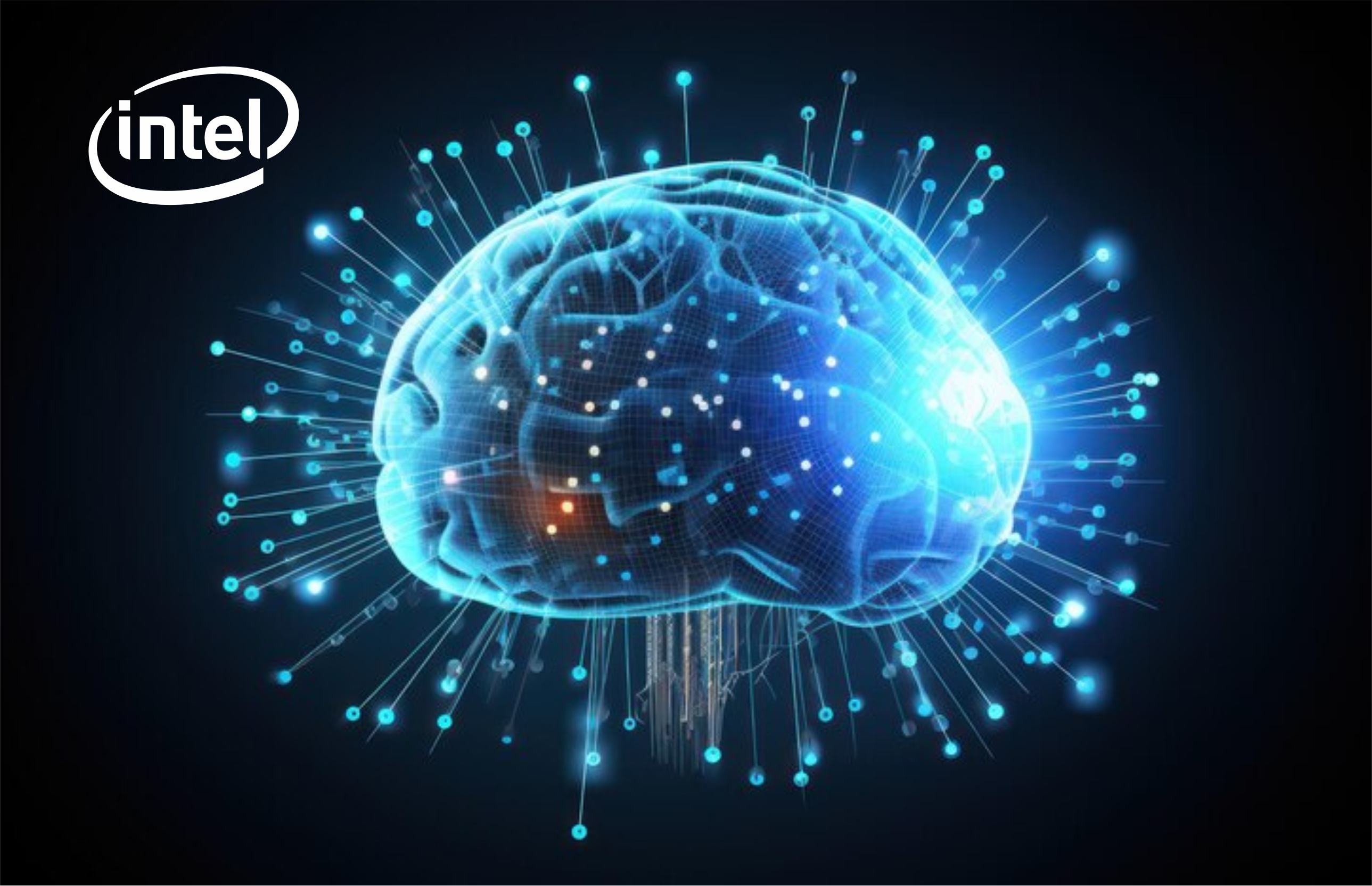Introduction:
Intel, a pioneer in semiconductor technology, has made a groundbreaking leap in the realm of artificial intelligence (AI) with the introduction of Hala Point, the world's largest neuromorphic system. This cutting-edge innovation, powered by Intel's Loihi 2 processor, heralds a new era of sustainable and efficient AI research, promising to address the pressing challenges of today's AI landscape.
Overview of Hala Point:
Hala Point represents a monumental advancement in neuromorphic computing, aimed at unlocking the full potential of brain-inspired AI. Boasting over 10 times more neuron capacity and up to 12 times higher performance compared to its predecessor, Pohoiki Springs, this state-of-the-art system sets a new benchmark in AI efficiency and scalability.
Insights from Intel Labs:
Mike Davies, director of the Neuromorphic Computing Lab at Intel Labs, emphasizes the urgent need for transformative approaches to AI scalability. Davies underscores the significance of Hala Point in combining deep learning efficiency with novel brain-inspired learning and optimization capabilities. He envisions Hala Point as a catalyst for advancing the efficiency and adaptability of large-scale AI technology.
Technical Specifications:
Hala Point is a computational powerhouse, capable of supporting up to 20 quadrillion operations per second (20 petaops) with unparalleled efficiency. Its efficiency exceeds 15 trillion 8-bit operations per second per watt (TOPS/W) when executing conventional deep neural networks, surpassing traditional GPU and CPU-based systems. These advanced capabilities enable real-time continuous learning, making it ideal for applications such as smart city management, scientific research, and natural language processing.
Application in Research:
Sandia National Laboratories, at the forefront of scientific research, plans to leverage Hala Point for advanced brain-scale computing research. Craig Vineyard, Hala Point Team Lead at Sandia National Laboratories, highlights the system's potential to enhance computational and scientific modeling capabilities across diverse disciplines. From commercial applications to defense and basic science, Hala Point empowers researchers to tackle complex challenges with unprecedented computational power and efficiency.
Future Prospects:
While Hala Point currently serves as a research prototype, its development holds promise for transformative advancements in AI deployment. By enabling continuous learning in large language models and minimizing the training burden, Hala Point lays the groundwork for future AI applications. Intel remains committed to further innovation, leveraging neuroscience-inspired computing principles to optimize power consumption and maximize performance in AI systems.
Conclusion:
Intel's unveiling of Hala Point marks a significant milestone in the evolution of AI, ushering in a new era of sustainable and efficient computing. With its unprecedented capacity and efficiency, Hala Point paves the way for groundbreaking discoveries and innovations in AI research, driving progress towards a smarter, more connected future.

